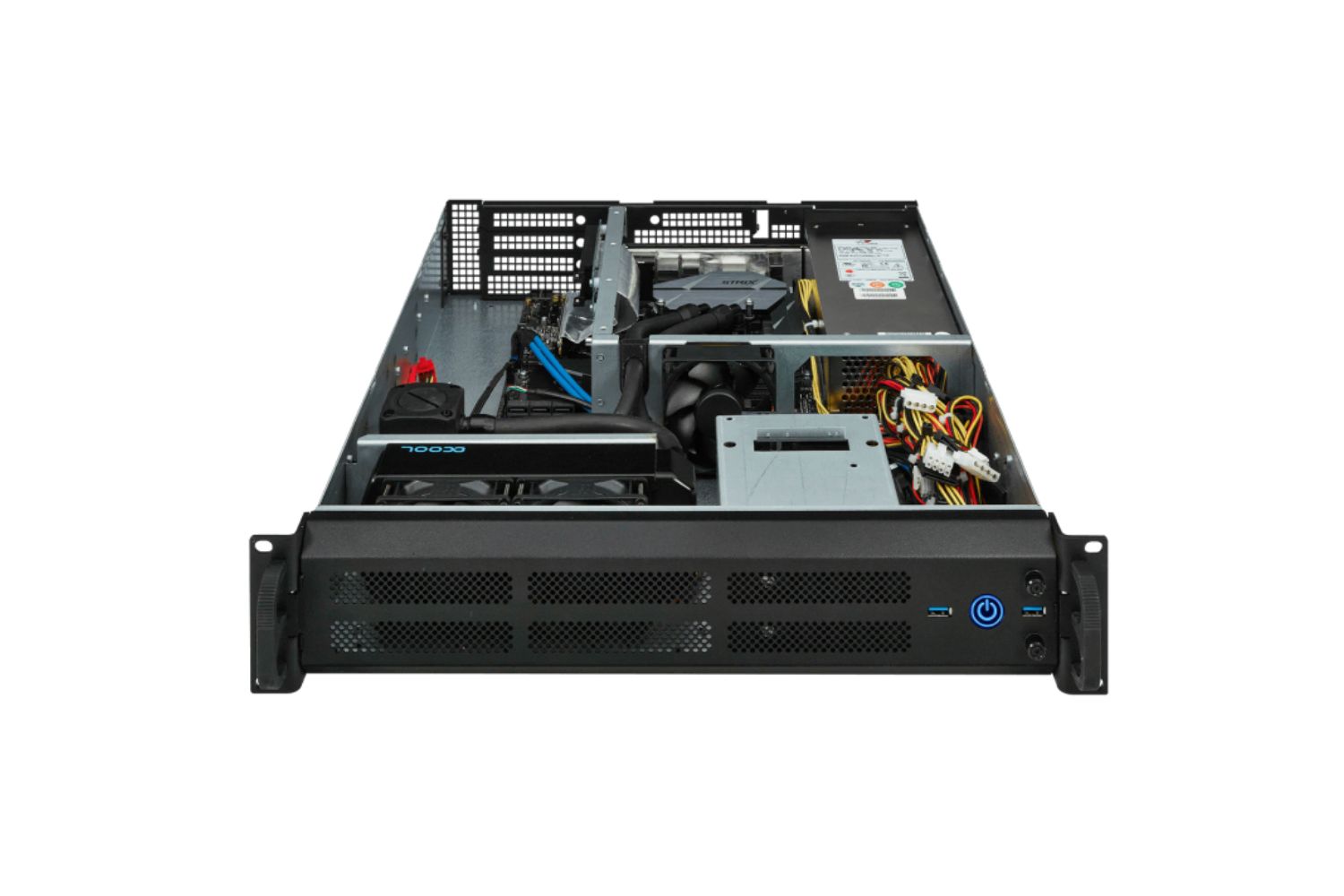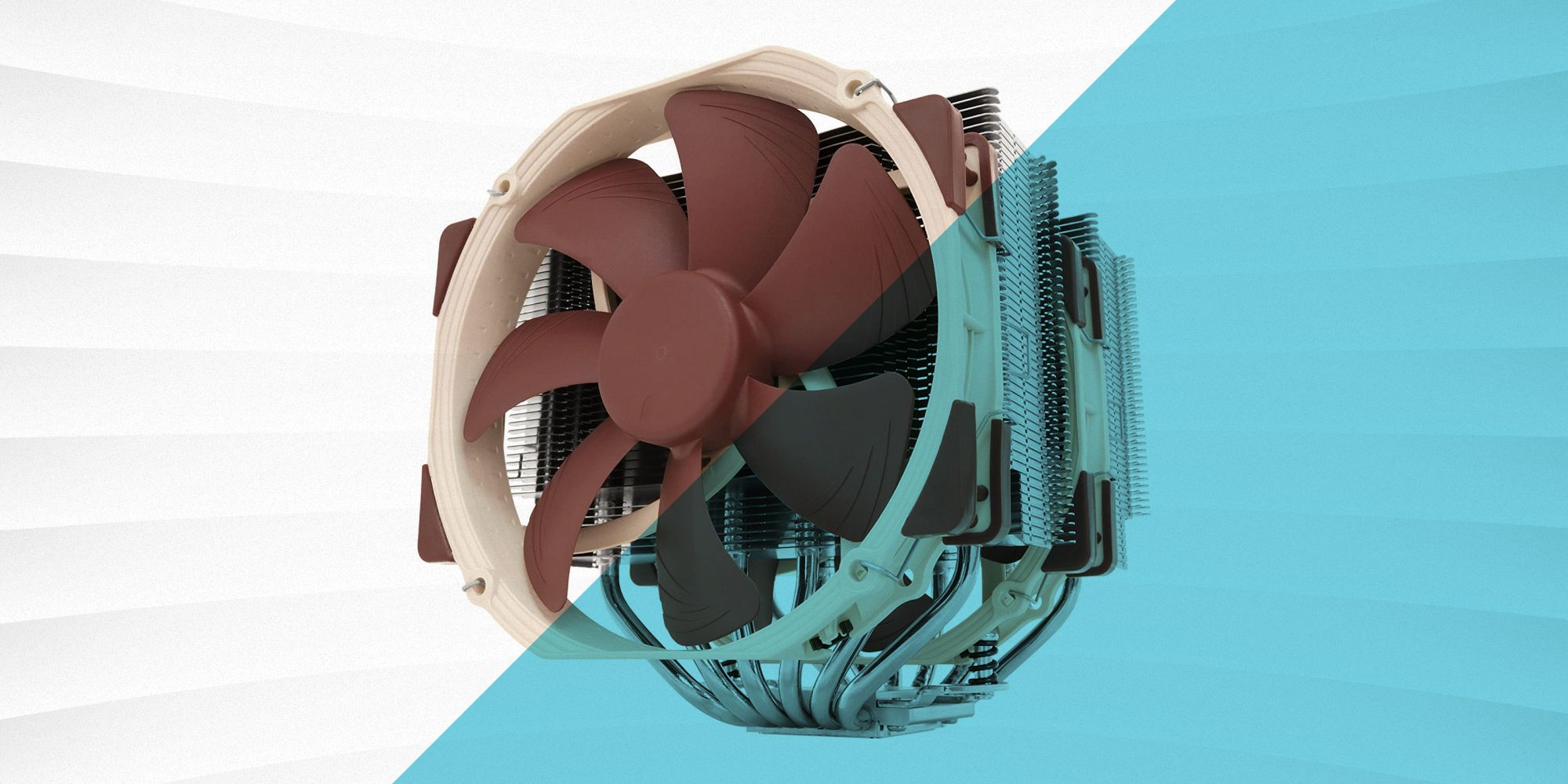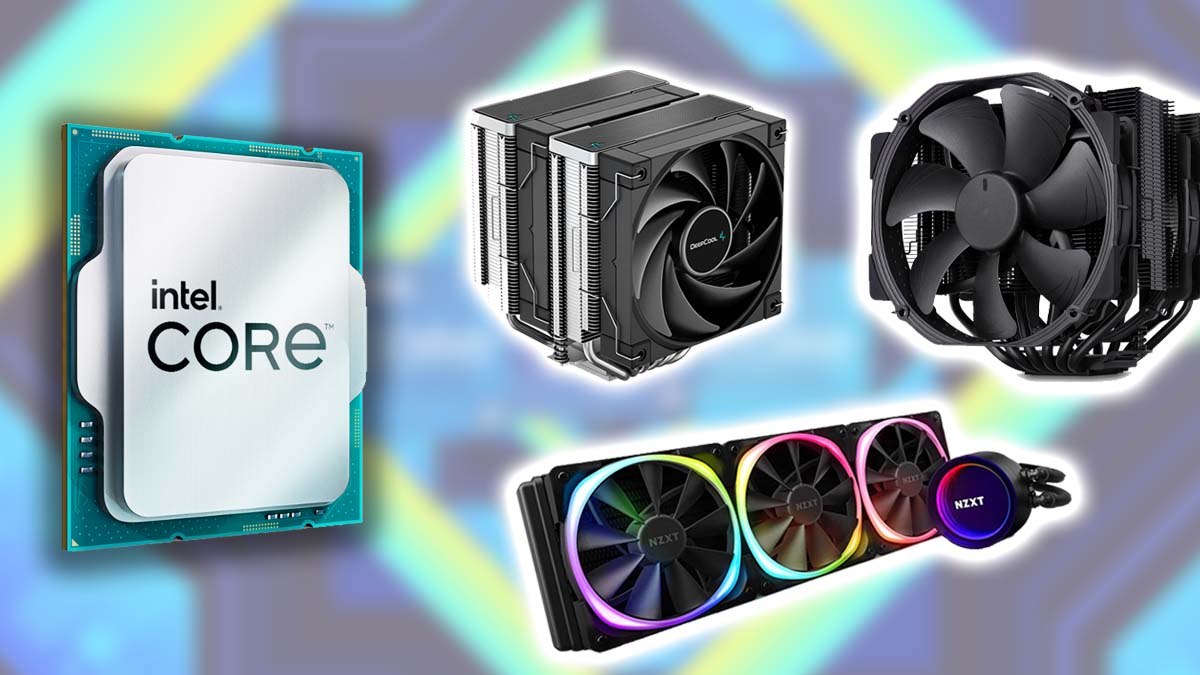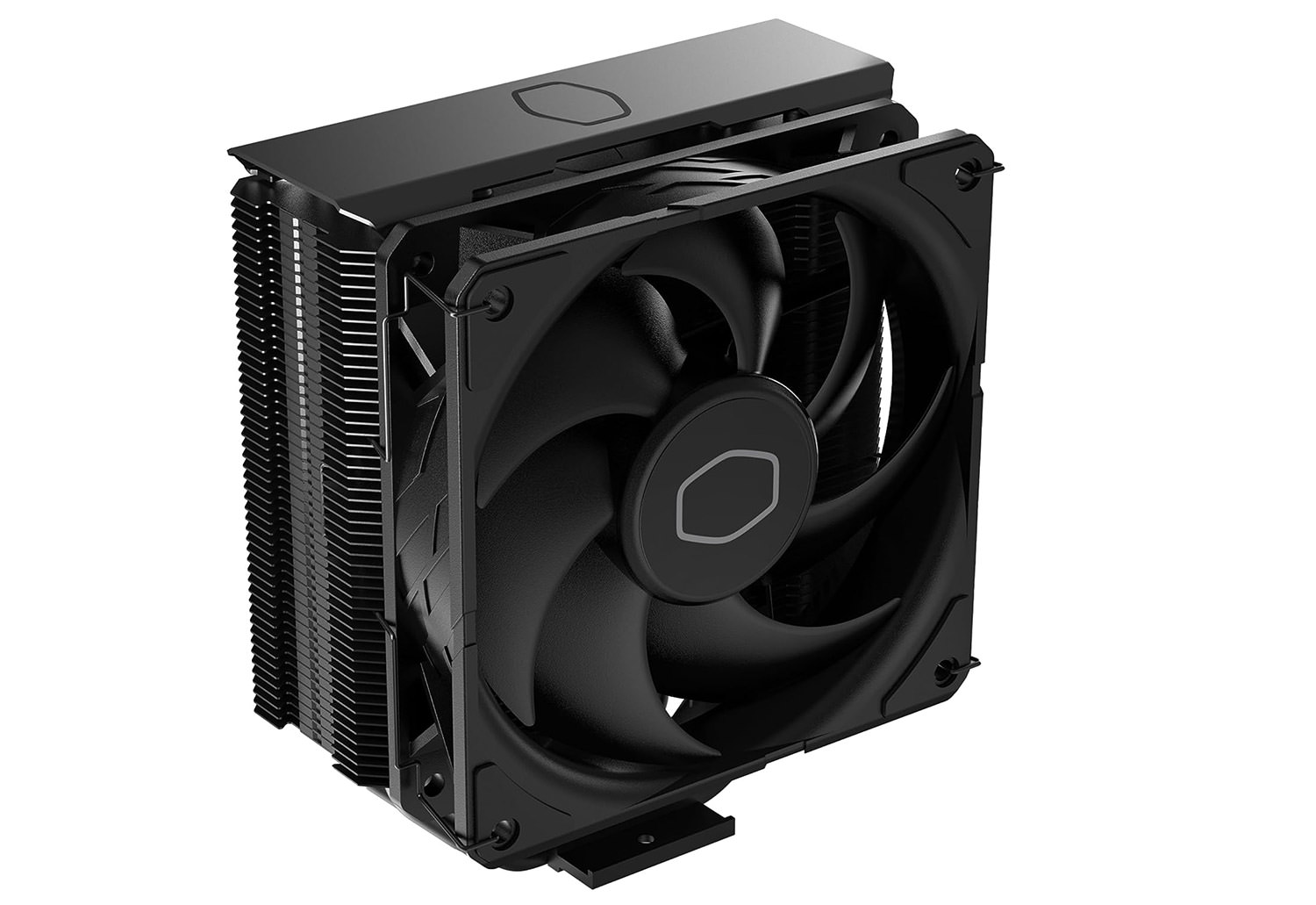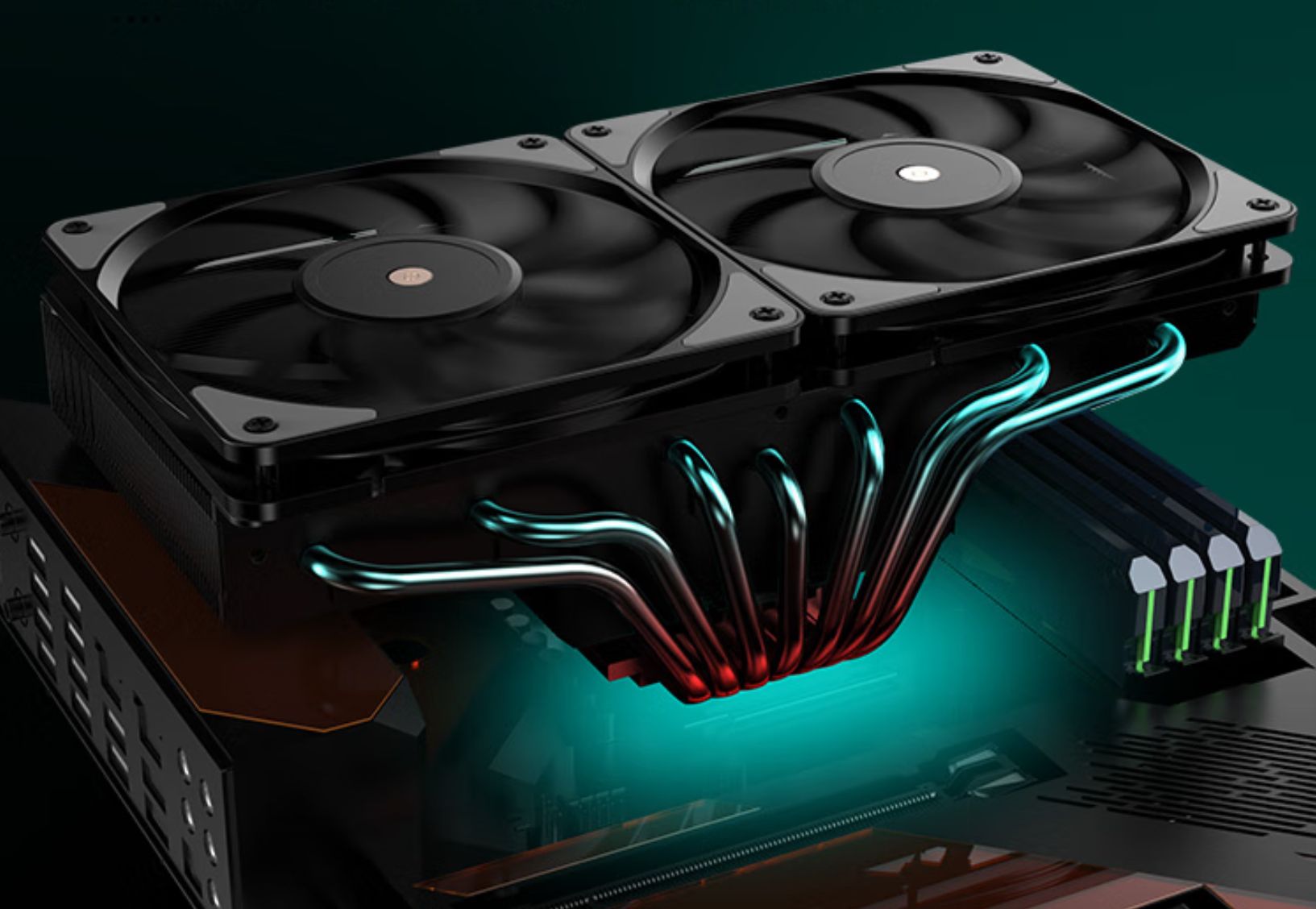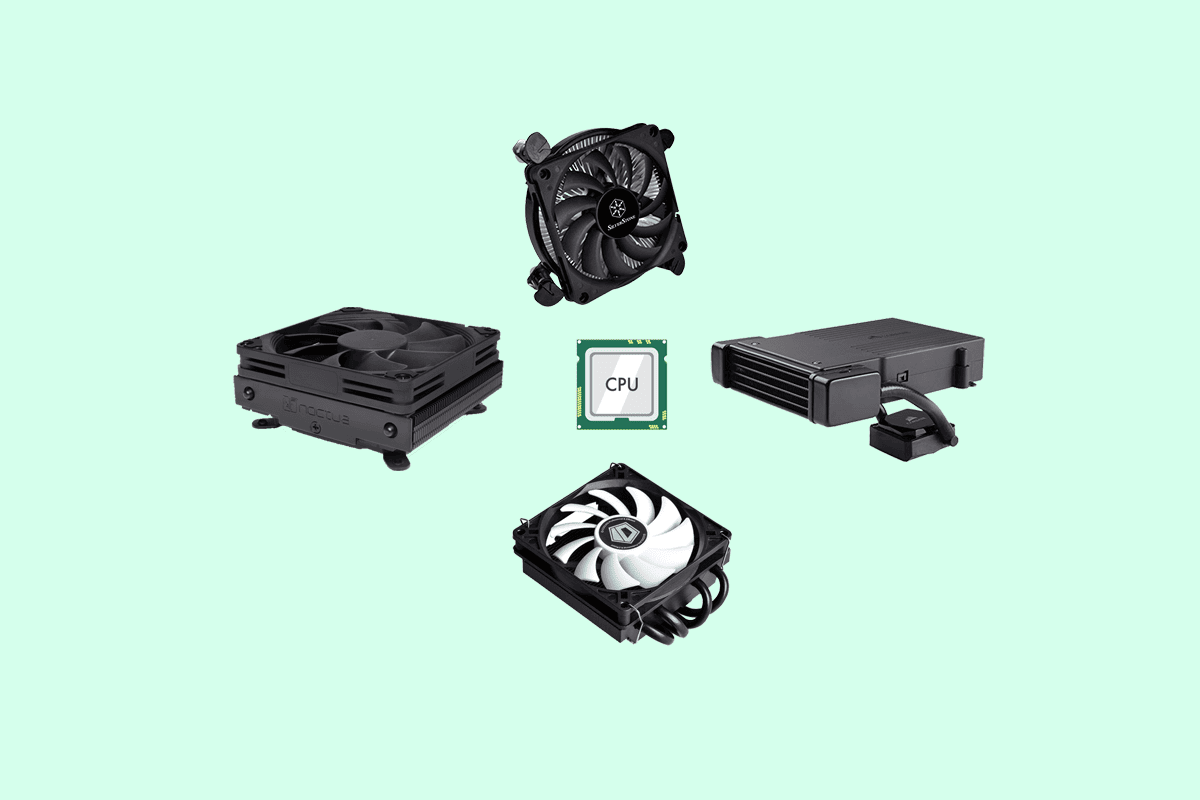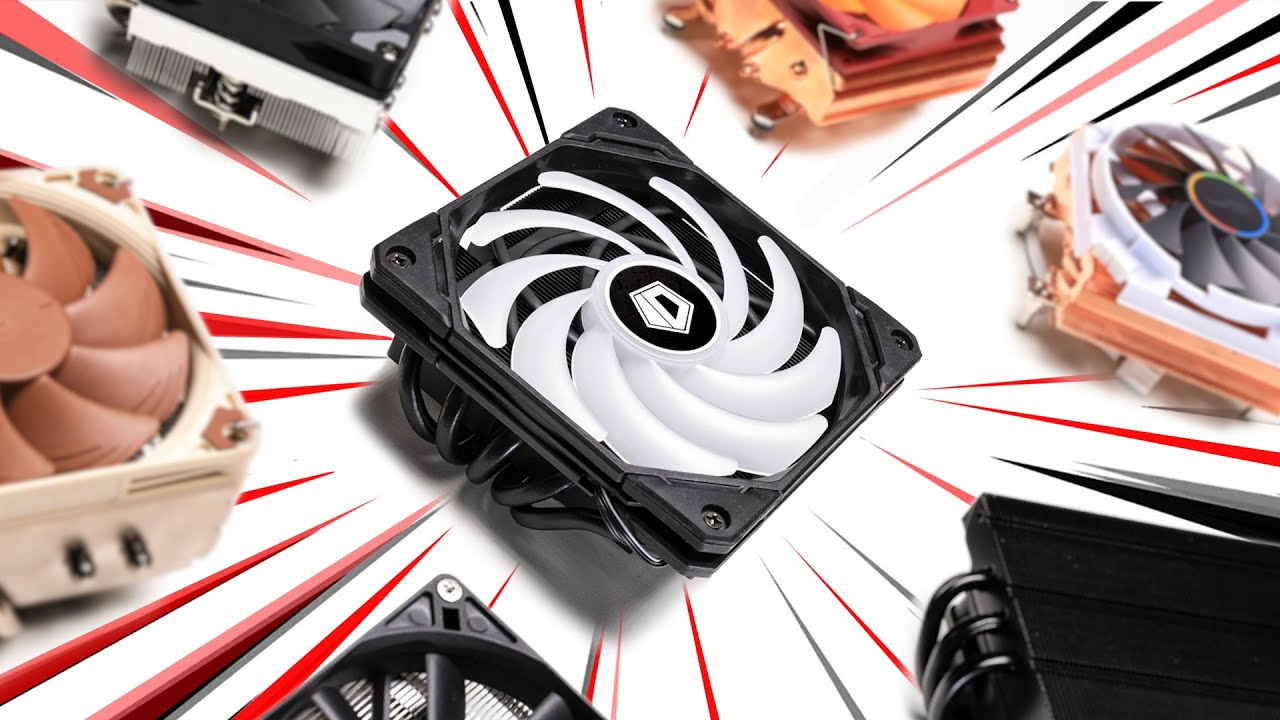Introduction
Welcome to our guide on how tall a CPU cooler can be for a 2U case. If you’re a tech enthusiast or a professional in the IT field, you know how crucial cooling is for optimal performance and longevity of your computer components. In particular, when it comes to 2U cases, which are commonly used in servers and compact rack-mount systems, finding the right CPU cooler can be a challenge due to space constraints.
Before we delve into the specifics of CPU cooler height, let’s have a brief overview of what a 2U case is. A 2U case refers to the height of the case, with 1U equaling 1.75 inches (44.45mm). These cases are designed to fit in standard 19-inch server racks and offer a balance between space efficiency and expandability.
In a 2U case, every inch matters, and maximizing the cooling capacity is crucial to prevent overheating and ensure the optimal functioning of the CPU. The CPU cooler plays a vital role in dissipating heat generated by the processor, keeping it within safe operating temperatures.
However, due to the limited vertical space available in 2U cases, the height of the CPU cooler is a critical consideration. It is essential to choose a CPU cooler that fits within the height limitations of your 2U case while still effectively cooling your CPU.
In this guide, we will explore the factors that determine the maximum CPU cooler height for 2U cases and provide recommendations for selecting the right CPU cooler for your setup. We will also discuss the impact of CPU cooler height on cooling performance and present alternative solutions, such as low-profile CPU coolers, to overcome height restrictions. By the end of this guide, you’ll be equipped with the knowledge to make informed decisions when it comes to choosing a CPU cooler for your 2U case.
Understanding 2U Cases
Before we delve into the details of CPU cooler height, let’s take a closer look at 2U cases. A 2U case, also known as a 2U rack-mount chassis, is a compact form factor designed to fit within a standard 19-inch server rack. The “U” unit refers to the vertical space available in the rack, with each unit measuring 1.75 inches (44.45mm) in height. Therefore, a 2U case is 3.5 inches (88.9mm) tall.
2U cases are commonly used in server environments and other compact rack-mount systems due to their balance between space efficiency and expandability. These cases provide the ability to house multiple components, such as motherboards, power supplies, hard drives, and expansion cards, in a compact footprint.
One of the key considerations when working with 2U cases is their limited vertical space. With only 3.5 inches of height available, every component must be carefully chosen to ensure proper fit and functionality. This includes the CPU cooler, which plays a crucial role in keeping the processor cool.
2U cases typically have specific design considerations to accommodate the compact form factor. They often feature low-profile expansion slots that allow for additional expansion cards to be installed without hindering the limited vertical space available. Some 2U cases also offer specialized cooling solutions, such as rear exhaust fans or ducting, to enhance airflow and heat dissipation.
Considering the limited space in a 2U case, it’s crucial to choose a CPU cooler that fits within the height constraints. The height limitation for a CPU cooler in a 2U case depends on the specific model and manufacturer guidelines. It’s important to consult the specifications provided by the case manufacturer to ensure compatibility between the case and the CPU cooler.
To summarize, 2U cases are compact rack-mount chassis commonly used in server environments. They offer a balance between space efficiency and expandability. Due to their limited vertical space, proper component selection, including the CPU cooler, is crucial to ensure optimal fit and functionality. Understanding the limitations and design considerations of 2U cases will help in selecting the right CPU cooler for your setup.
Importance of CPU Cooling in 2U Cases
CPU cooling is a critical aspect of maintaining the performance and longevity of your computer components, and its importance is amplified when it comes to 2U cases. In these compact and space-constrained enclosures, proper cooling is essential to prevent overheating and ensure the smooth operation of your CPU.
As CPUs continue to evolve and become more powerful, they generate a significant amount of heat. This heat needs to be effectively dissipated to keep the CPU operating within safe temperature limits. If the CPU temperature exceeds these limits, it can lead to decreased performance, system instability, and even permanent damage to the CPU.
In 2U cases, where space is at a premium, efficient CPU cooling becomes even more crucial. The limited vertical space restricts the size and height of the CPU cooler that can be used. Therefore, it’s essential to choose a CPU cooler that can effectively dissipate heat while fitting within the height constraints of the 2U case.
Adequate CPU cooling in 2U cases helps maintain stable and consistent performance, especially during demanding tasks and extended periods of high CPU utilization. It enables the CPU to operate at optimal frequencies without throttling due to excessive heat.
Efficient CPU cooling also extends the lifespan of your CPU and other components. Heat is known to be a major factor contributing to electronic component degradation over time. By ensuring that your CPU stays within safe temperature ranges, you reduce the risk of premature component failure and increase the reliability of your system.
In addition to the CPU, proper cooling in 2U cases also benefits other components, such as the motherboard and RAM modules, by creating a more conducive environment for their operation. Effective airflow and heat dissipation help maintain stable operating temperatures for the entire system, which in turn improves overall performance and reliability.
In summary, CPU cooling is of paramount importance in 2U cases due to the limited space available. Keeping the CPU temperature within safe limits ensures optimal performance, prevents system instability, and extends the lifespan of the CPU and other components. Choosing the right CPU cooler for your 2U case is essential to maintain efficient and reliable operation of your system.
Factors That Determine Maximum CPU Cooler Height in 2U Cases
When it comes to determining the maximum CPU cooler height that can be accommodated in a 2U case, several factors come into play. Understanding these factors is crucial for selecting a CPU cooler that fits within the height limitations of your 2U case while providing efficient cooling for your processor.
The most significant factor is the physical space available within the 2U case. As mentioned earlier, a 2U case has a height of 3.5 inches (88.9mm), but not all of this space is dedicated to the CPU cooler. There are other components, such as the motherboard, power supply, and expansion cards, that also require vertical clearance. Consequently, the height available for the CPU cooler is limited.
Another key factor is the specific design of the 2U case. Different case manufacturers may have varying specifications and guidelines regarding the maximum allowed CPU cooler height. It’s important to consult the documentation provided by the case manufacturer to determine the exact height limitations. This information will ensure compatibility between the chosen CPU cooler and the 2U case.
The positioning and orientation of other components within the 2U case also play a role in determining the maximum CPU cooler height. For example, the location and height of the RAM modules or the proximity of the power supply could potentially restrict the available vertical space for a taller CPU cooler.
Moreover, the motherboard form factor and its socket placement can impact the height clearance above the CPU socket. Some motherboard layouts may have components or heatsinks that limit the height of the CPU cooler that can be installed.
Cable management within the 2U case is another consideration. The routing and placement of cables, including power cables, data cables, and fan cables, can affect the available space around the CPU socket and potentially restrict the height of the CPU cooler that can be installed.
Lastly, airflow dynamics within the 2U case are critical to consider. The position and size of fans, exhaust vents, and other cooling components can impact the airflow around the CPU cooler. It’s crucial to choose a CPU cooler that doesn’t obstruct the intended airflow path and allows for proper cooling of the CPU and surrounding components.
Considering these factors and thoroughly researching the specifications and guidelines provided by the case manufacturer will help you determine the maximum CPU cooler height that can be accommodated in your 2U case. By taking these factors into account, you can select a CPU cooler that provides efficient cooling without compromising on compatibility or performance.
Maximum CPU Cooler Height for Different 2U Case Models
The maximum CPU cooler height that can be accommodated in a 2U case can vary based on the specific model and manufacturer. It’s essential to consult the specifications provided by the case manufacturer to determine the height limitations for your particular 2U case model.
Let’s take a look at the maximum CPU cooler height for some common 2U case models:
- Case Model A: Case Model A has a maximum CPU cooler height allowance of 75mm. This restriction is due to the positioning of other components and the layout of the motherboard.
- Case Model B: Case Model B sets a higher limit for CPU cooler height, allowing for coolers up to 95mm. The spacious design and layout of this case model provide more clearance for larger coolers.
- Case Model C: Case Model C imposes a stricter height restriction compared to others, with a maximum CPU cooler height of 60mm. This limitation is primarily due to the compact nature and specific airflow dynamics of the case.
- Case Model D: Case Model D is designed to accommodate taller CPU coolers, with a maximum height allowance of 120mm. This case model provides ample space for efficient cooling and airflow.
These are just a few examples, and the maximum CPU cooler height can vary widely between different 2U case models. It’s crucial to thoroughly research and refer to the specifications provided by the case manufacturer to ensure compatibility between your chosen CPU cooler and the 2U case.
Remember that exceeding the maximum CPU cooler height recommendation can result in compatibility issues, such as clearance problems with other components or airflow obstruction. It’s best to choose a CPU cooler that falls within the height limitations of your specific 2U case model to ensure optimal performance and compatibility.
By understanding the maximum CPU cooler height for different 2U case models, you can make an informed decision when selecting a CPU cooler that fits within the height restrictions of your specific case while still providing sufficient cooling for your CPU.
Choosing the Right CPU Cooler for Your 2U Case
When it comes to choosing the right CPU cooler for your 2U case, several factors need to be considered to ensure compatibility, efficient cooling, and optimal performance. Here’s a guide to help you make an informed decision:
- Height Limitations: The first and most crucial factor is to determine the maximum CPU cooler height allowed in your 2U case. Consult the specifications provided by the case manufacturer to find this information. Ensure that the CPU cooler you choose fits within this height restriction.
- Cooling Performance: Look for CPU coolers that provide efficient cooling capabilities. Consider factors such as the number and size of heat pipes, fan size and speed, and overall cooling efficiency. It’s important to strike a balance between cooling performance and the height restrictions of your 2U case.
- Compatibility: Check if the CPU cooler is compatible with your CPU socket type. Ensure that the CPU cooler’s mounting mechanism aligns with the mounting holes on your motherboard. Additionally, consider other components’ placement, such as RAM modules or power supply, to ensure compatibility and clearance.
- Noise Level: Take into account the noise level produced by the CPU cooler. Some coolers come with silent or low-noise features, making them ideal for environments where noise reduction is important, such as office settings or recording studios.
- Airflow and Cooling Design: Consider the airflow and cooling design of the CPU cooler. Some coolers use a tower-style design, while others use a low-profile design. Choose a design that aligns with the airflow dynamics of your 2U case to ensure efficient heat dissipation.
- Manufacturer Reputation and Reviews: Research the reputation of the CPU cooler manufacturer and read customer reviews. This will give you insights into the overall quality, reliability, and performance of the cooler.
Understanding these factors and considering them in conjunction with the specifics of your 2U case will help you choose the right CPU cooler that fits perfectly within the height limitations while providing efficient cooling for your CPU.
Remember that each 2U case may have its own unique requirements and constraints, so it’s essential to assess compatibility and ensure that the chosen CPU cooler meets the specific needs of your setup. By selecting the right CPU cooler, you can maintain optimal performance and ensure the longevity of your components in your 2U case.
Effect of CPU Cooler Height on Cooling Performance in 2U Cases
The height of the CPU cooler in a 2U case can have a significant impact on the cooling performance of your system. Understanding this effect is essential when choosing a CPU cooler for your 2U case to ensure efficient heat dissipation and optimal cooling performance.
A taller CPU cooler typically offers a larger heatsink surface area and more room for additional heat pipes and fans. This allows for greater heat dissipation, enabling the CPU cooler to effectively remove heat from the processor and distribute it across the heatsink, where it can be dispersed more efficiently.
With more surface area and improved heat dissipation, a taller CPU cooler can keep the CPU temperature at bay, especially during heavy workloads or in environments with limited airflow. It helps to prevent the CPU from reaching critical temperatures, which could result in thermal throttling or system instability.
Furthermore, a taller CPU cooler can potentially accommodate larger and more powerful fans, which can generate higher airflow and enhance cooling performance. Increased airflow helps to quickly remove the heated air from the CPU area, facilitating the intake of cooler air and maintaining lower temperatures.
However, while a taller CPU cooler typically offers improved cooling performance, it’s important to consider the limitations of a 2U case. The restricted vertical space can pose challenges in terms of compatibility and clearance with other components, such as RAM modules or power supply units.
Additionally, a taller CPU cooler may disrupt the natural airflow within the 2U case, affecting overall cooling efficiency. It’s crucial to select a CPU cooler that is specifically designed for the 2U form factor and aligns with the case’s intended airflow pattern.
Ultimately, when choosing a CPU cooler for a 2U case, it’s important to strike a balance between the height, cooling performance, and compatibility with other components. While a taller CPU cooler may offer better cooling capabilities, it must fit within the height limitations of the case and not obstruct airflow or interfere with other essential components.
By carefully considering the effect of CPU cooler height on cooling performance and ensuring compatibility with the 2U case, you can select a CPU cooler that provides efficient heat dissipation, optimal cooling performance, and reliable operation for your system.
Overcoming Height Limitations: Low-Profile CPU Coolers
When dealing with the height limitations of a 2U case, one effective solution is to opt for a low-profile CPU cooler. These compact coolers are specifically designed to fit within the restricted vertical space of 2U cases while still providing adequate cooling for your CPU.
Low-profile CPU coolers are typically characterized by a smaller height and a compact form factor. They utilize a combination of heat pipes, a reduced size heatsink, and a slim-profile fan to effectively dissipate heat and maintain optimal CPU temperatures.
Despite their compact size, low-profile CPU coolers offer efficient cooling performance. The design of these coolers maximizes the available surface area of the heatsink and fosters an effective airflow pattern, ensuring the heat generated by the CPU is quickly dispersed and replaced with cooler air.
Low-profile CPU coolers also address potential compatibility issues with other components in the 2U case. Their compact design allows for ample clearance around the CPU socket, accommodating potential obstructions such as RAM modules or power supply units.
Moreover, low-profile CPU coolers typically generate minimal noise. They are optimized for quiet operation and often come with silent or low-noise fans, making them ideal for environments where noise reduction is crucial.
When choosing a low-profile CPU cooler for your 2U case, it’s important to consider the specific height limitations of the case and ensure compatibility with your CPU socket. Consult the specifications provided by the CPU cooler manufacturer to verify compatibility and choose a cooler that aligns with your requirements.
It’s worth noting that while low-profile CPU coolers provide effective cooling within the constraints of a 2U case, they may not offer the same cooling performance as larger, tower-style coolers. If you have particularly high cooling requirements or plan to overclock your CPU, a low-profile cooler may not be the most suitable choice.
However, for most standard use cases and configurations, low-profile CPU coolers are a practical and efficient solution to overcome the height limitations of a 2U case. They provide adequate cooling while maintaining compatibility and preserving the compact form factor of the 2U case.
By selecting a well-designed low-profile CPU cooler, you can ensure efficient cooling, optimal performance, and reliable operation for your system, even within the limited vertical space of a 2U case.
Conclusion
Choosing the right CPU cooler for a 2U case is a crucial decision that directly impacts cooling performance, system stability, and the longevity of your components. It’s essential to consider the height limitations of your 2U case, as well as factors such as cooling performance, compatibility, airflow dynamics, and noise levels.
Understanding the specific requirements of your 2U case and thoroughly researching the specifications provided by the case manufacturer can help you select a CPU cooler that fits within the height restrictions while providing efficient and reliable cooling for your CPU.
For 2U cases, where vertical space is limited, low-profile CPU coolers offer a practical solution. They are specifically designed to overcome height limitations, provide adequate cooling performance, and maintain system compatibility.
Remember to consider the specific height allowances for different 2U case models, as well as the impact of CPU cooler height on cooling performance, before making your decision. By balancing these factors, you can choose a CPU cooler that optimizes cooling efficiency, minimizes noise, and ensures the smooth operation of your system.
Whether you opt for a low-profile CPU cooler or a taller cooler that adheres to the height limits, prioritize proper cooling to prevent overheating, maintain optimal performance, and safeguard the longevity of your components.
By making an informed choice when selecting a CPU cooler for your 2U case, you can create a reliable and efficient system that meets your unique requirements and provides a stable platform for your computing needs.







